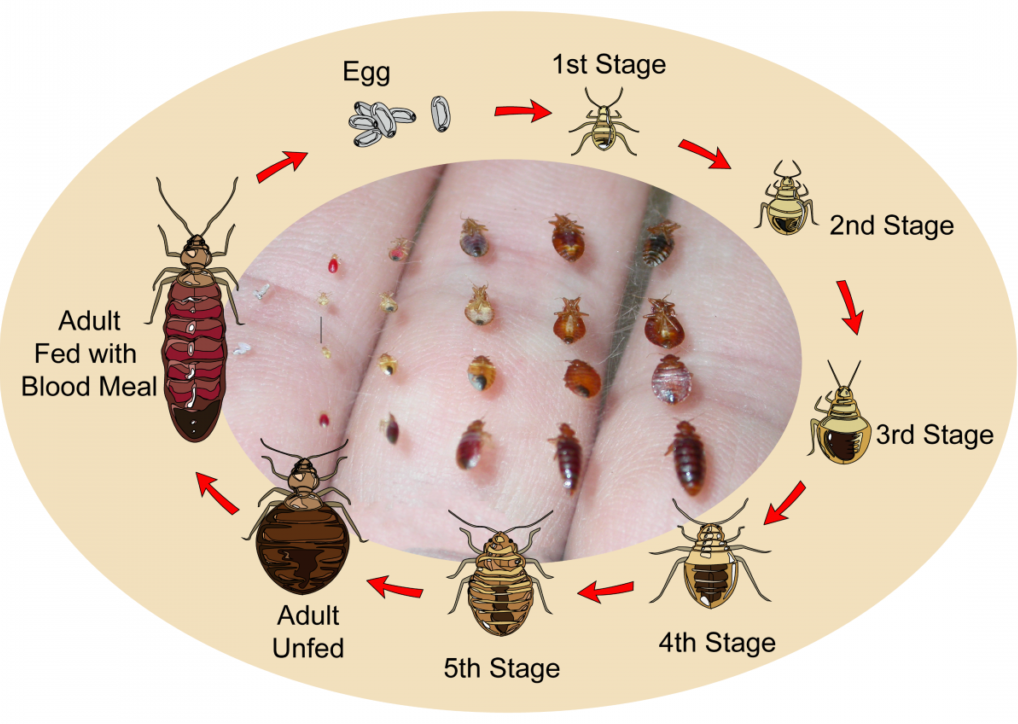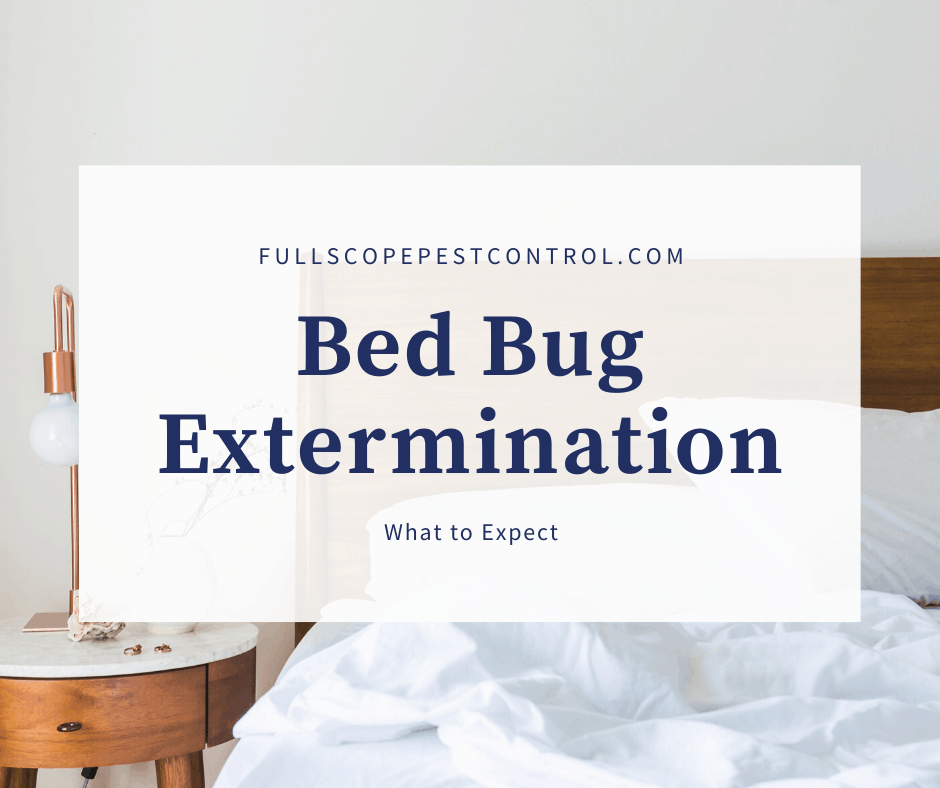Trusted Bed Bug Exterminator for Fast and Safe Elimination
Trusted Bed Bug Exterminator for Fast and Safe Elimination
Blog Article
Obtain Enlightened Concerning the Kinds of Pest Control Approaches and Their Advantages for Home Owners
Comprehending the various bug control approaches offered to house owners is necessary for efficient pest administration. Property owners that are knowledgeable can make calculated selections that not only address pest problems but also boost the general high quality of their living atmosphere.
Chemical Parasite Control Methods
Chemical insect control methods are an important part of integrated insect administration techniques for homeowners seeking efficient services to pest infestations. These techniques include the application of chemical materials made to get rid of or hinder parasites that intimidate personal effects, health, and convenience. Usual chemicals used include insecticides, fungicides, rodenticides, and herbicides, each tailored to target certain parasites.
The main benefit of chemical insect control is its rapid effectiveness; several formulas offer prompt outcomes, lowering pest populaces substantially quickly. Additionally, advances in chemical formulas have led to items that are more ecologically pleasant and have lower poisoning levels for non-target microorganisms when used appropriately.

Organic Parasite Control Techniques
Natural pest control approaches have actually acquired prominence as home owners look for safer and more lasting alternatives to conventional chemical methods. Biological insect control methods utilize natural killers, bloodsuckers, or pathogens to take care of pest populations successfully. This method is not just eco-friendly however additionally minimizes the risk of harm to non-target species, consisting of useful bugs and wild animals.
Among the most usual organic control approaches involves introducing all-natural predators into the atmosphere. For example, ladybugs can be utilized to manage aphid populations, while nematodes target soil-dwelling parasites like grubs. Additionally, parasitoids-- microorganisms that survive on or within a host-- can be utilized to control certain pest varieties by laying eggs inside them, inevitably bring about their demise.
Another technique is making use of biopesticides, which are originated from natural products such as minerals, bacteria, or plants (bed bug exterminator). These items can successfully target pests while positioning very little risk to pet dogs and humans. Generally, biological insect control techniques offer house owners with an effective means of insect monitoring that straightens with eco-friendly concepts, promoting a much healthier living atmosphere while minimizing dependence on synthetic chemicals
Mechanical Bug Control Approaches
Mechanical insect control approaches include a range of approaches that literally avoid or get rid of bugs without making use of chemicals. These strategies are especially helpful for home owners seeking environmentally friendly choices while making sure the safety and security of their home.
One typical method is the usage of barriers, such as screens, webs, and catches, which stop pests from getting in homes or specific locations. For example, setting termite up window screens can efficiently maintain insects out, while making use of physical barriers around yards can deter larger bugs like rabbits or deer. Additionally, mechanical traps designed for rats can catch and eliminate these parasites without the requirement for harmful materials.
An additional reliable technique involves using vacuum cleaners and brooms to get rid of parasites straight from surface areas. Regular cleansing and upkeep can considerably decrease insect populaces by removing food resources and concealing areas. Additionally, employing tools like ultrasonic pest repellents can hinder various pests with audio waves that are unpleasant to them yet inaudible to people.
Cultural Pest Control Practices
Cultural insect control techniques concentrate on customizing the environment and management methods to create conditions that are much less for pest invasions. These techniques are essential in maintaining a balanced ecological community and decreasing the reliance on chemical interventions. By changing farming methods, home owners can effectively prevent pests while promoting plant wellness.
One common method includes plant turning, which disrupts the life cycles of pests by altering the kinds of plants grown in a certain location (bed bug exterminator). This not only reduces pest populations yet likewise boosts dirt health and wellness. Furthermore, intercropping-- planting diverse plants in distance-- can puzzle parasites and minimize their capability to locate their preferred host plants
Water administration is an additional essential element of social techniques. Appropriate irrigation techniques can avoid standing water, which acts as a breeding place for insects and various other pests. In addition, keeping tidiness around the home, such as consistently eliminating particles and food waste, can significantly minimize pest destination.
Integrating these social techniques right into a comprehensive bug monitoring method enables home owners to develop an atmosphere that normally deters parasites, thus improving the efficiency of various other control approaches while promoting sustainable gardening and landscape design.

Integrated Parasite Monitoring Approaches
Integrated Insect Administration (IPM) represents an alternative approach that combines various strategies to properly manage insect populations while lessening environmental impact. This method incorporates biological, social, physical, and chemical methods to accomplish lasting parasite control. By evaluating pest populations and their additional hints all-natural opponents, IPM highlights tracking and determining parasites prior to applying control actions.
One of the core principles of IPM is using thresholds, which develop the degree of bug task that necessitates treatment. This makes sure that treatments are used just when required, lowering the reliance on chemical pesticides. Biological control approaches, such as presenting natural predators or bloodsuckers, job in combination with social practices like crop turning and habitat manipulation to disrupt pest life process.
Additionally, IPM urges using least-toxic chemical choices when intervention is essential, focusing on items that present marginal threat to non-target microorganisms and the environment. For bedbugs property owners, adopting IPM approaches not just enhances the efficiency of insect management yet also advertises a much healthier living atmosphere, fostering biodiversity and reducing chemical exposure. Eventually, IPM encourages home owners to make informed choices that stabilize pest control with ecological duty.
Conclusion
In verdict, recognizing the different pest control approaches equips home owners to make informed decisions pertaining to pest management. Each method-- chemical, organic, mechanical, social, and incorporated parasite monitoring-- supplies distinctive benefits that accommodate various demands and preferences. By picking suitable strategies, property owners can effectively take care of insect populations while lessening wellness risks and ecological influences. This enlightened strategy adds to a much healthier living atmosphere, advertising general health for family pets and households alike.
Understanding the different pest control techniques available to home owners is essential for effective bug management.Chemical insect control techniques are a crucial part of integrated insect administration strategies for house owners looking for reliable remedies to pest problems. Generally, biological bug control techniques give property owners with an efficient means of pest administration that straightens with eco-friendly concepts, promoting a healthier living atmosphere while reducing reliance on synthetic chemicals.
Cultural pest control methods focus on changing the environment and administration methods to create conditions that are less conducive to pest invasions.In verdict, recognizing the different bug control techniques equips home owners to make enlightened decisions regarding pest monitoring.
Report this page